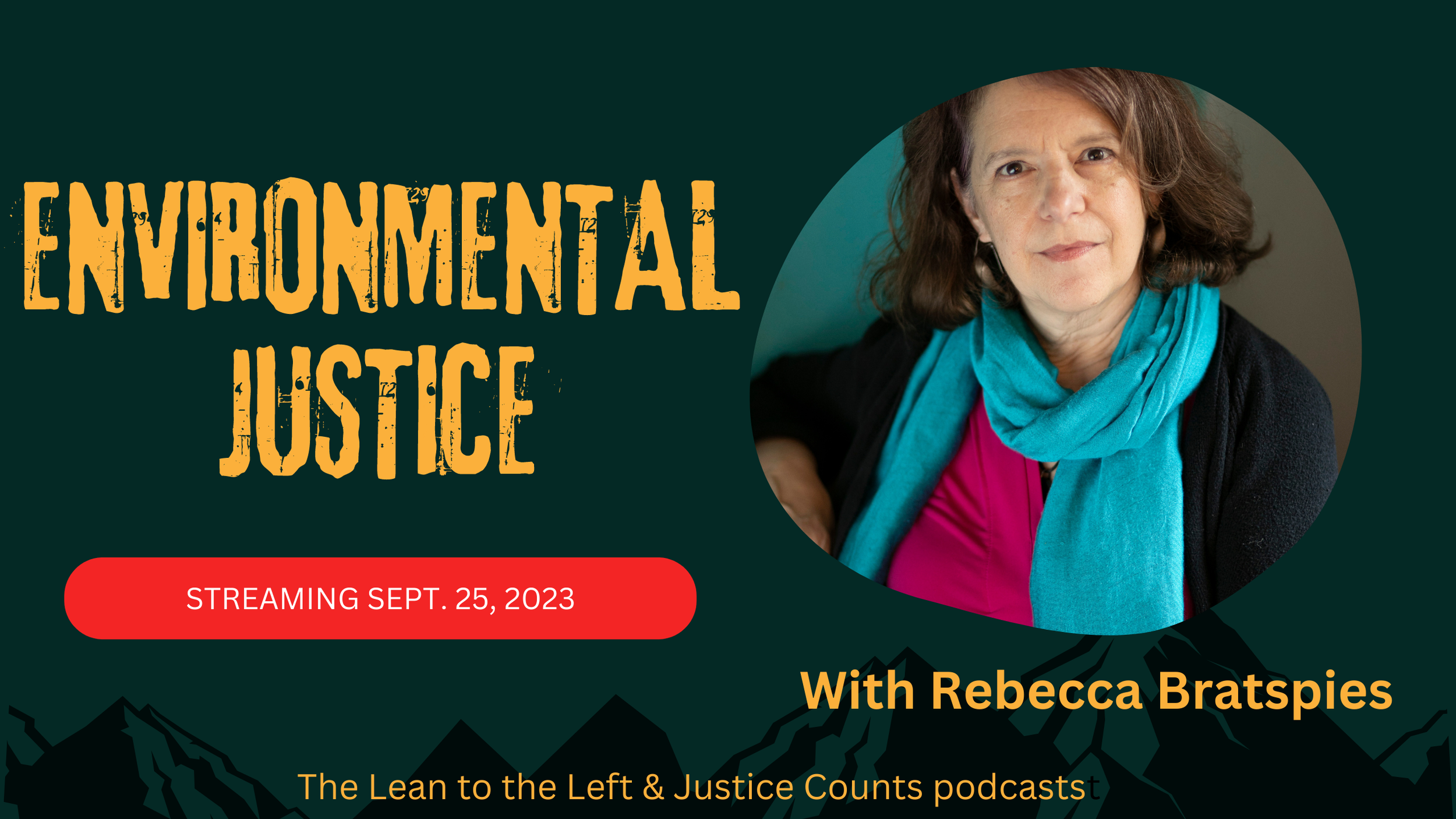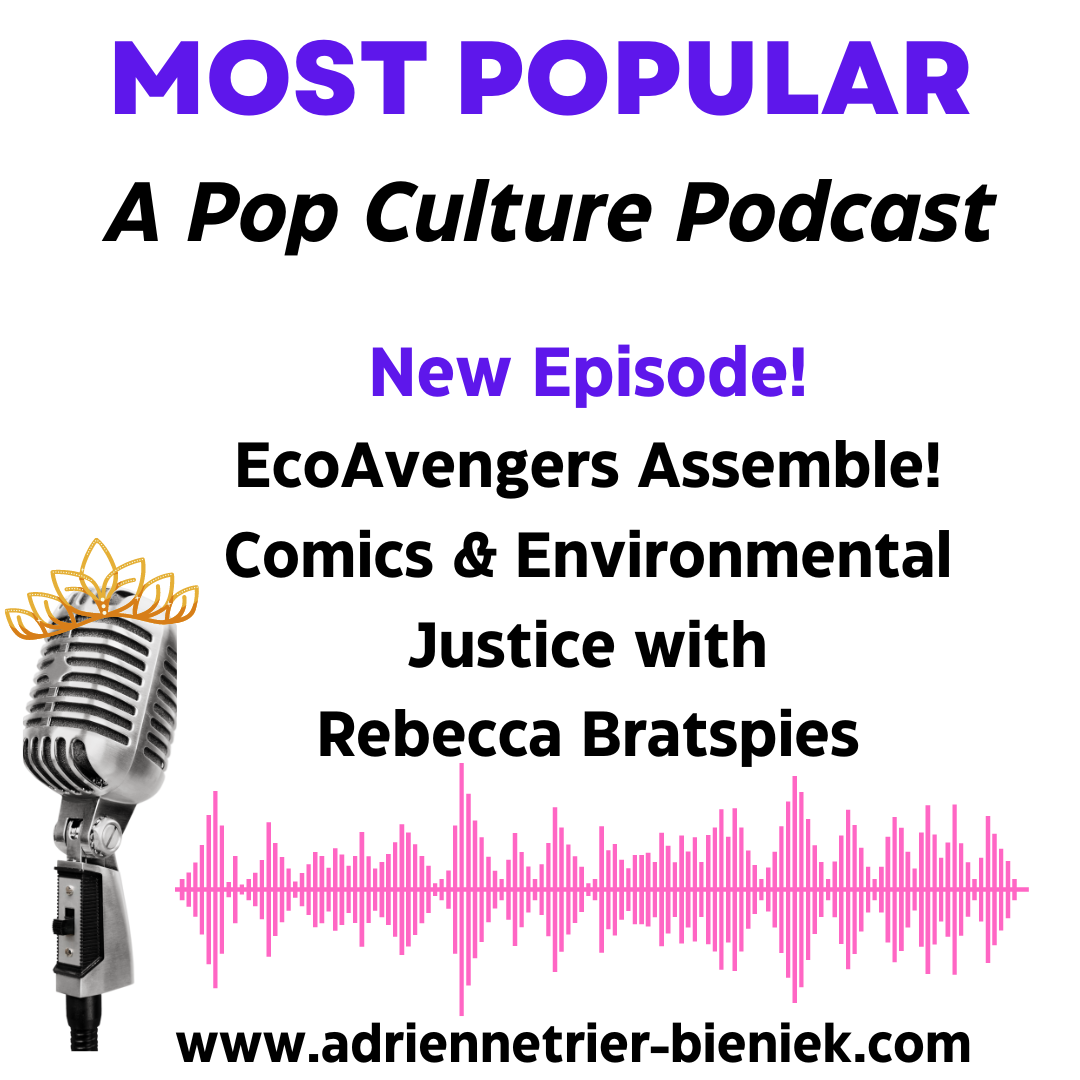The Award-Winning Environmental Justice Chronicles are a collaboration between Rebecca and artist Charlie LaGreca Velasco. These comic books introduce readers to the environmental justice challenges faced by urban communities.
Rebecca talks comics and environmental justice on Most Popular
Explaining the Project
The roots of the Environmental Justice Chronicles go back more than a decade. In 2004, Michael Shellenberger and Ted Nordhaus sent shockwaves through environmental communities with their provocatively-titled essay “The Death of Environmentalism.”Claiming that environmentalists in the United States were like generals fighting the last war, the authors urged that tackling climate change requires a rethinking of the most basic assumptions about the nature of environmental problems, and the solutions needed to overcome those problems. Nearly a decade into this Death of Environmentalism debate, what we are seeing may actually be the death of the environment itself.
The Environmental Justice Chronicles, and the Earth Defender Series are our response. Once scorned as representing “an all-time low” in education, comic books have recently come into their own as educational tools. Rechristened “graphic novels,” many comic books now grapple with weighty social issues on a regular basis. In 2011, the United States Center for Disease Control released Preparation 101: Zombie Pandemic—a graphic novel targeting emergency preparedness.
It certainly helps that artist Charlie LaGreca created a visually-stunning book. Mayah’s Lot stands alone as a storybook, but it also provides valuable environmental justice lessons. It is an ideal tool for bringing environmental messages to a generation steeped in highly visual and interactive ways of learning. Students learn alongside Mayah, the young heroine, as she organizes her already environmentally over-burdened neighborhood to prevent the siting of a hazardous waste facility on a nearby vacant lot. To succeed, she must navigate administrative law hurdles, produce compelling advocacy grounded in fact-based reasoning (a big component of the new Common Core Learning Standards), and mobilize popular support.
The resulting story offers an environmental justice message that has won praise from state environmental protection agencies around the country (Mississippi and Illinois will be adopting the book in their community outreach efforts), has been featured in Colorlines and mentioned on NY Times, and included in the Bill Ireland Cartoon Library and Museum exhibit Power Lines. Better still, it resonates with children like my very urban teen and their friends—many of whom tend to think of “the environment” as existing elsewhere, rather than where they live and learn.
Projects like Mayah’s Lot can help teachers and students think about learning in new ways, and by integrating science, art and civics with students’ lived experience bringing a new excitement to the classroom.
Most recently, The Environmental Justice Chronicles was featured in the Nature of Cities Roundtable on Visual Storytelling (2023) and on the podcasts Lean to the Left, Most Popular, The 5Cs, and 365 Sounds.










